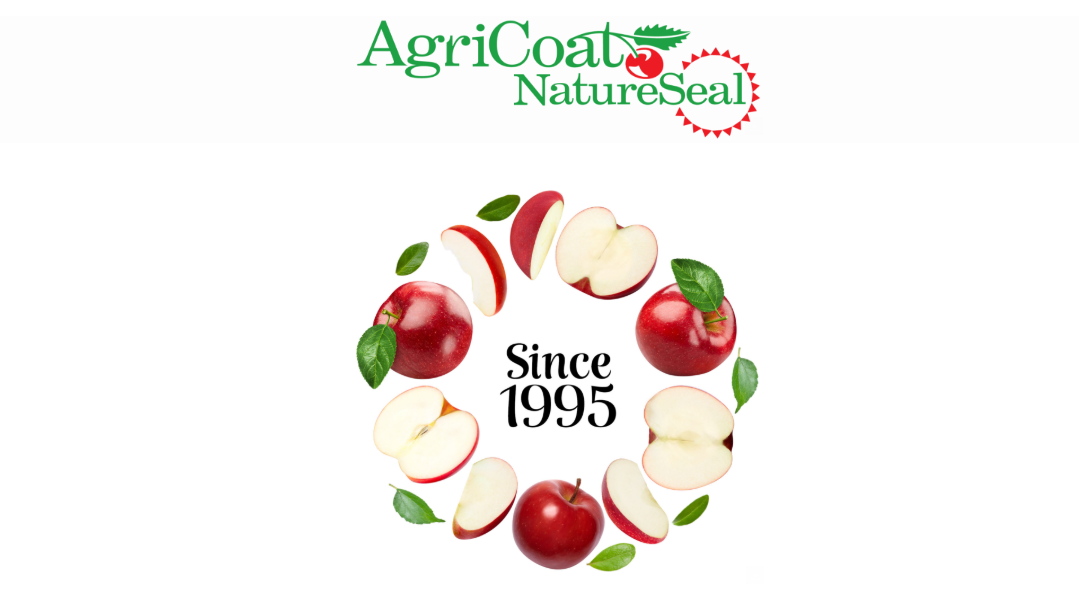News
Keys for the best practices for handling and storage of seed potatoes
Control during delivering of the seed potatoes to the grower and handling of this "seed" are keys to the success of the plantation. Claire Hodge and Adrian Cunnington, Sutton Bridge Crop Storage Research, are the authors of the white paper published by the Potato Council, "Best practice for seed handling and storage". During delivering, all seeds should be examined to ensure that it matches the order documents and is of the quality expected. It is vital that seed is handled and stored appropriately after delivery and
27 March, 2020
Control during delivering of the seed potatoes to the grower and handling of this "seed" are keys to the success of the plantation. Claire Hodge and Adrian Cunnington, Sutton Bridge Crop Storage Research, are the authors of the white paper published by the Potato Council, "Best practice for seed handling and storage". During delivering, all seeds should be examined to ensure that it matches the order documents and is of the quality expected. ? It is vital that seed is handled and stored appropriately after delivery and before planting to retain maximum vigor and to ensure the best possible crop. Ventilation for humidity control is the main concern, as well as clean boxes and equipments , that have not been previously in contact with the against sprouting product CIPC. The first step is to determine the period between delivery and planting. Seed should not be left in jumbo bags for extended periods of time! For immediate use (within a few days) ? leaving the seed in bags is acceptable, but the bags must not be stacked close together. A 15 ? 30cm gap should be left around each bag for air circulation. Short term storage (1-2 weeks) ? ideally decant seed from bags to boxes, but leaving the seed in bags is acceptable if being well-managed, with due care and attention to the ventilation. Stand bags on pallets to aid circulation. Long term storage (2+ weeks) ? bags should be decanted into boxes. Once decanted, the seed should be cured and ideally placed in a seed store and cooled down to approximately 3?C. Where a seed store is not available, in order to minimize the risk of condensation and sprouting, the use of temporary ventilation will be necessary. The authors suggest a temporary solution (see the picture). The original document is available in the link and as pdf. Source of the information and the picture:Best Practice for seed handling and storageClaire Hodge & Adrian CunningtonPotato Council, Technical Note - TN03, March 2013 ?



.png)









